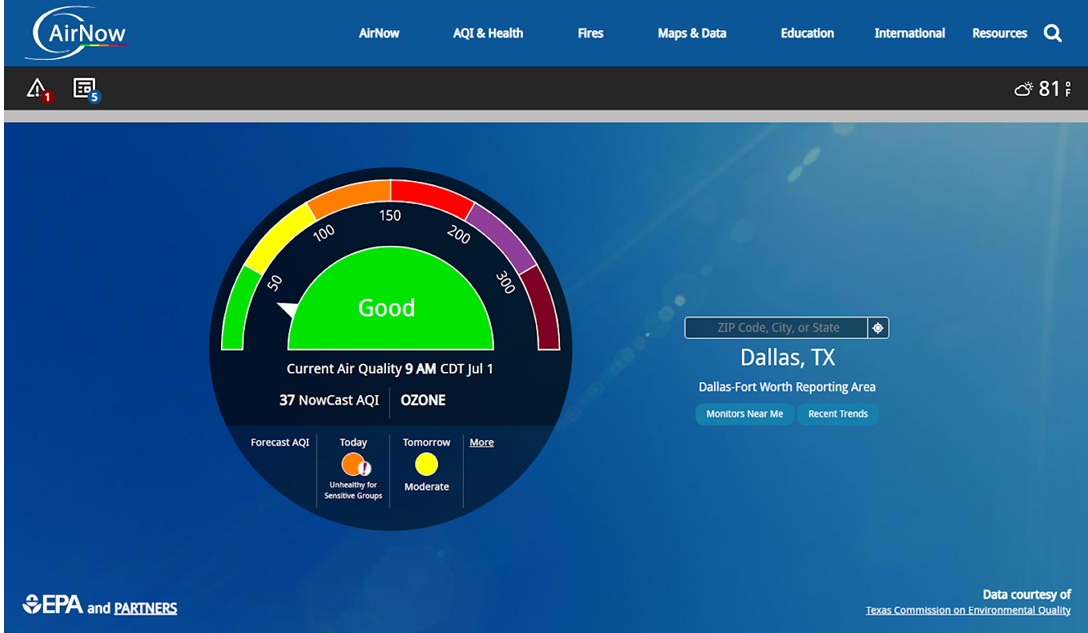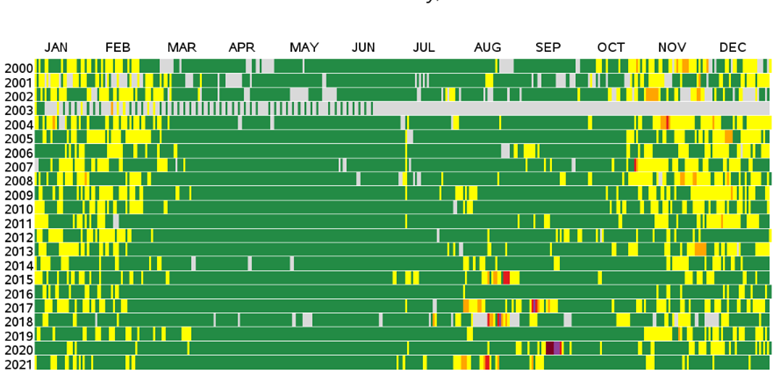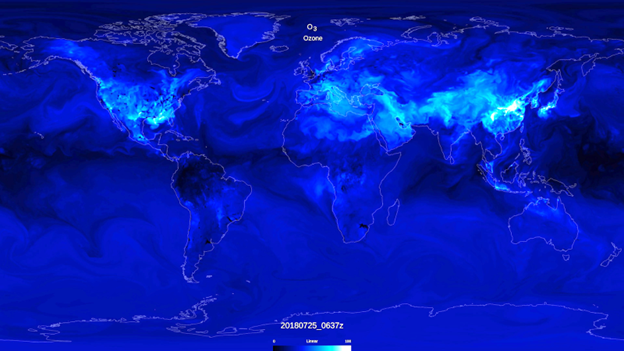Interactive Models
Monitoring Community Air Quality
Overview
Students will learn about and describe the different classifications of Air Quality Index and the importance of standards in air quality monitoring. Students will also use scientific evidence and reasoning to support a claim about long-term trends in air quality in the United States.
Materials Required
- Computer/Tablet
- Internet Access
- Google Sheet (optional) - Link
- Link to Monitoring Community Air Quality Interactive Model
Teacher Note
Teachers who are interested in receiving the answer key, please complete the Teacher Key Request and Verification Form. We verify that requestors are teachers prior to sending access to the answer keys as we’ve had many students try to pass as teachers to gain access.
Supported NGSS Performance Expectations
- MS-ESS3-3: Apply scientific principles to design a method for monitoring and minimizing a human impact on the environment.
- MS-ESS3-4: Construct an argument supported by evidence for how increases in human population and per-capita consumption of natural resources impact Earth's systems.
- HS-ESS3-4: Evaluate or refine a technological solution that reduces impacts of human activities on natural systems.
- HS-ESS2-2: Analyze geoscience data to make the claim that one change to Earth's surface can create feedbacks that cause changes to other Earth systems.
- Classify Air Quality Index by risk to human health
- Describe long-term trends in air quality using scientific evidence and reasoning
- Identify what a standard is and why it is necessary for monitoring air quality
- What are standards for monitoring air quality in a community?
- How can you use Air Quality Index to determine the risk of air pollution to human health?
- How has air quality in the United States changed over time?
- Internet Required











